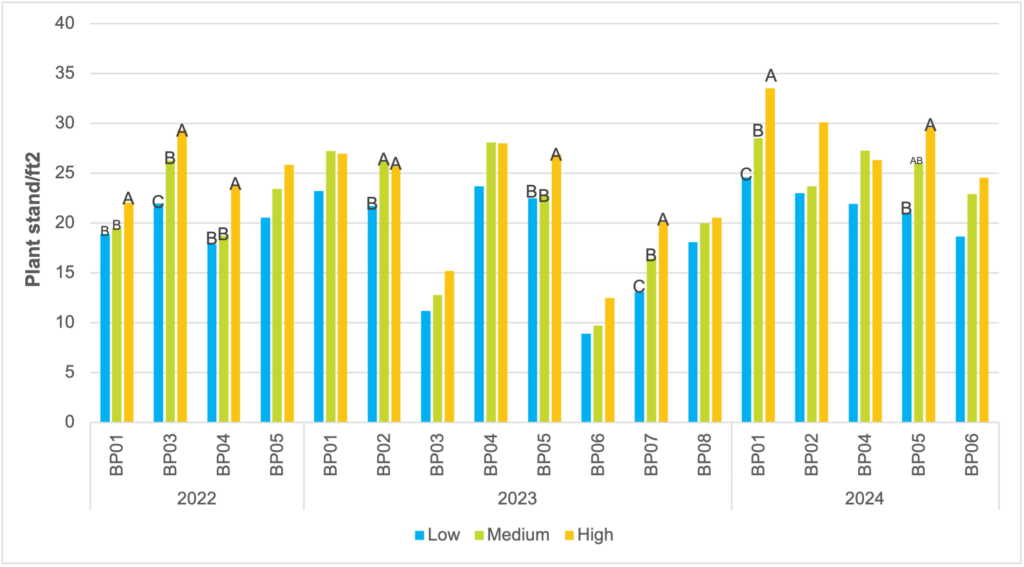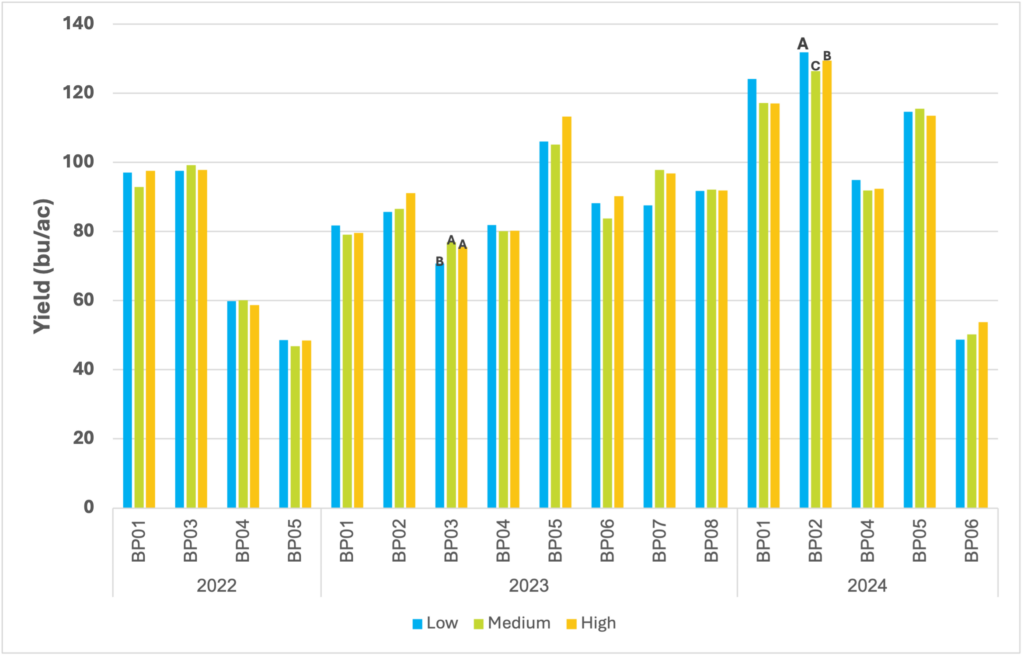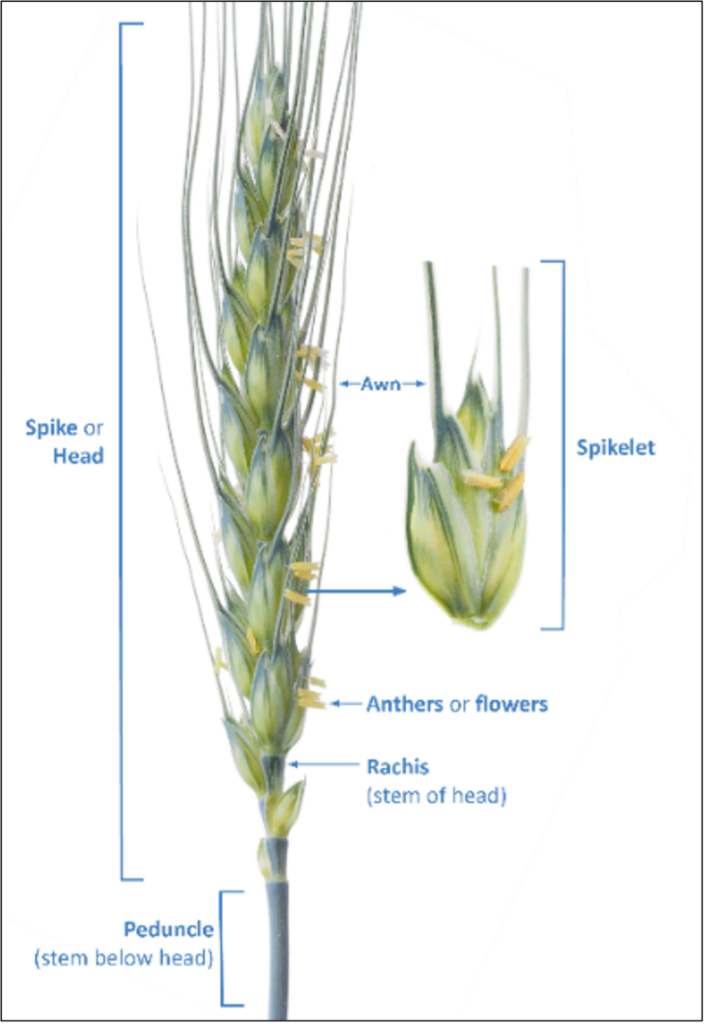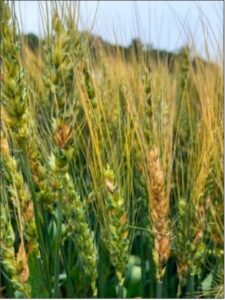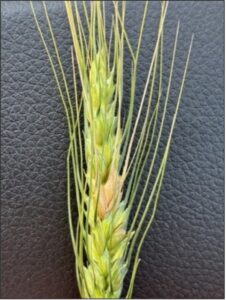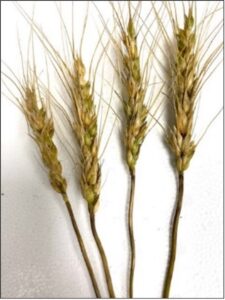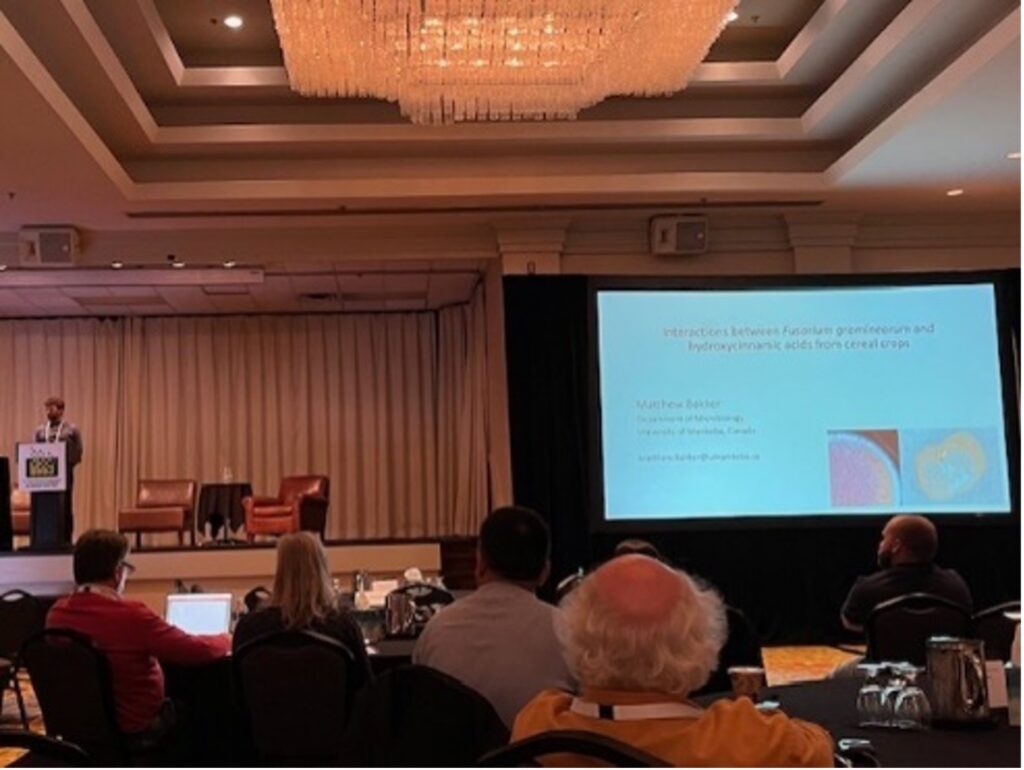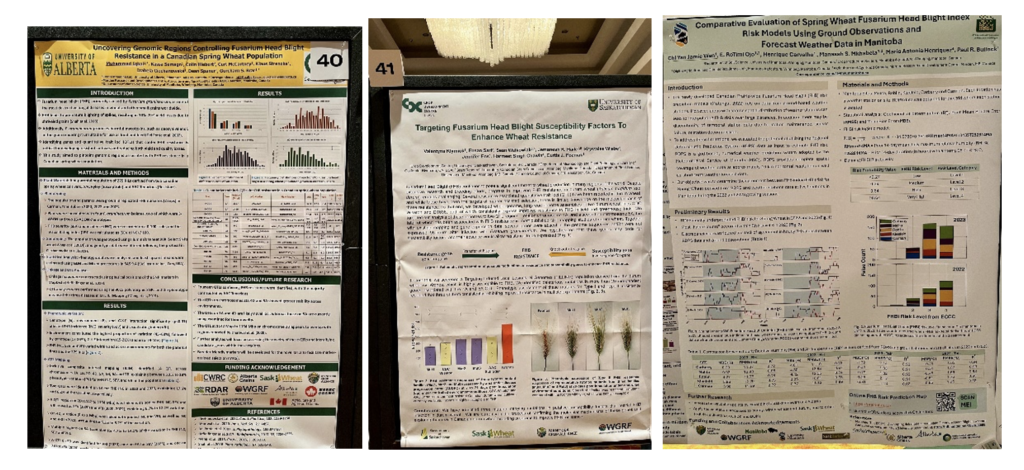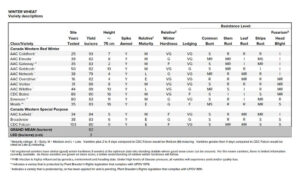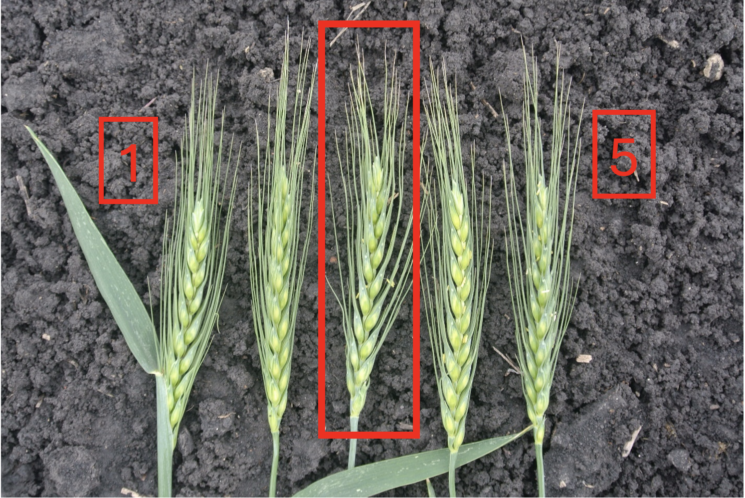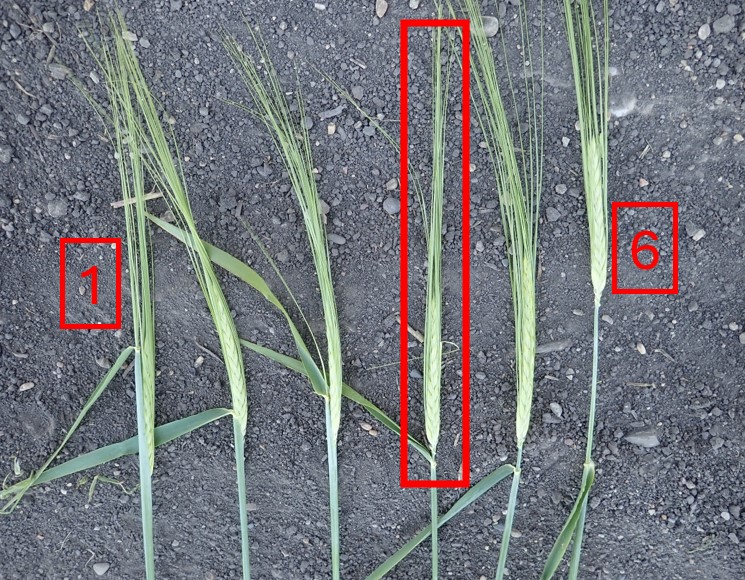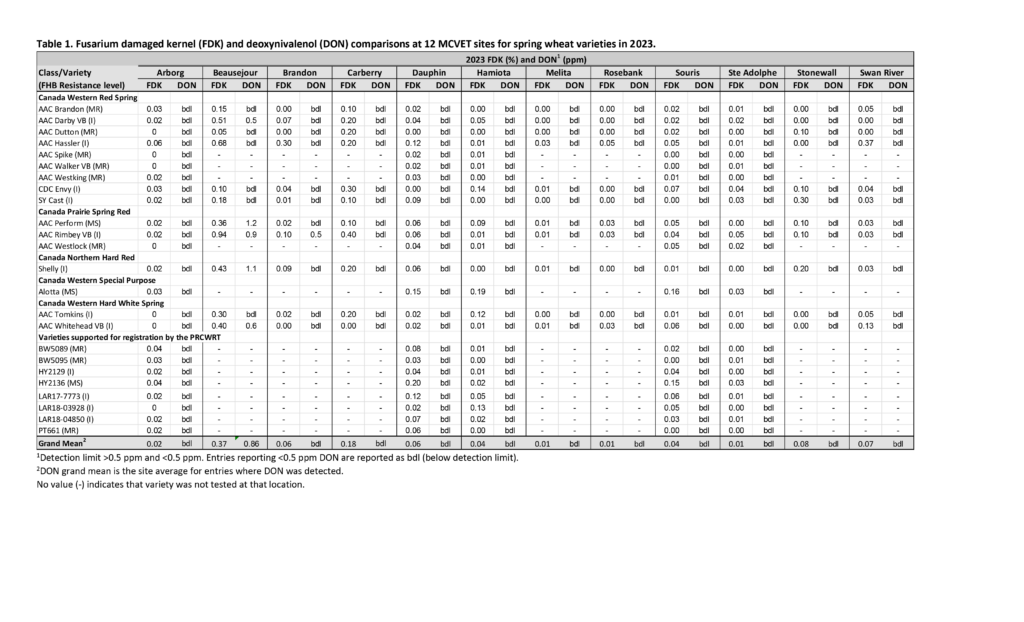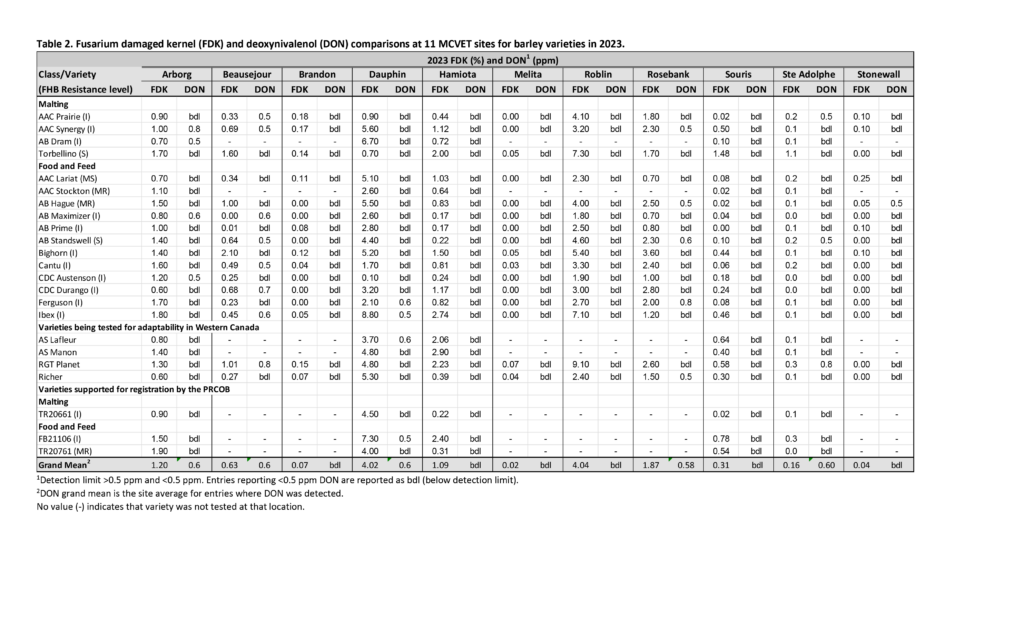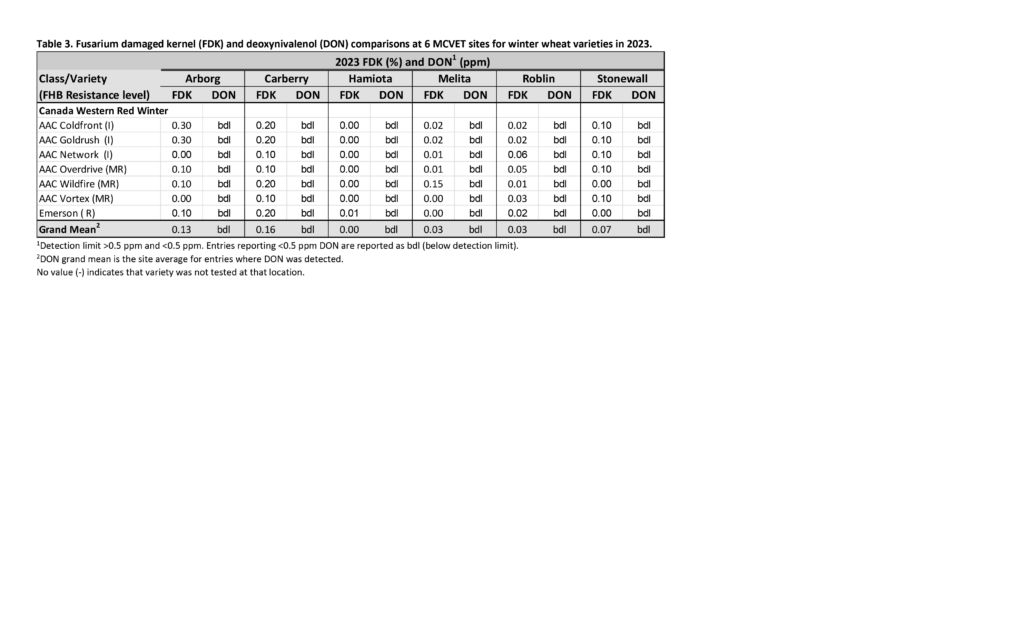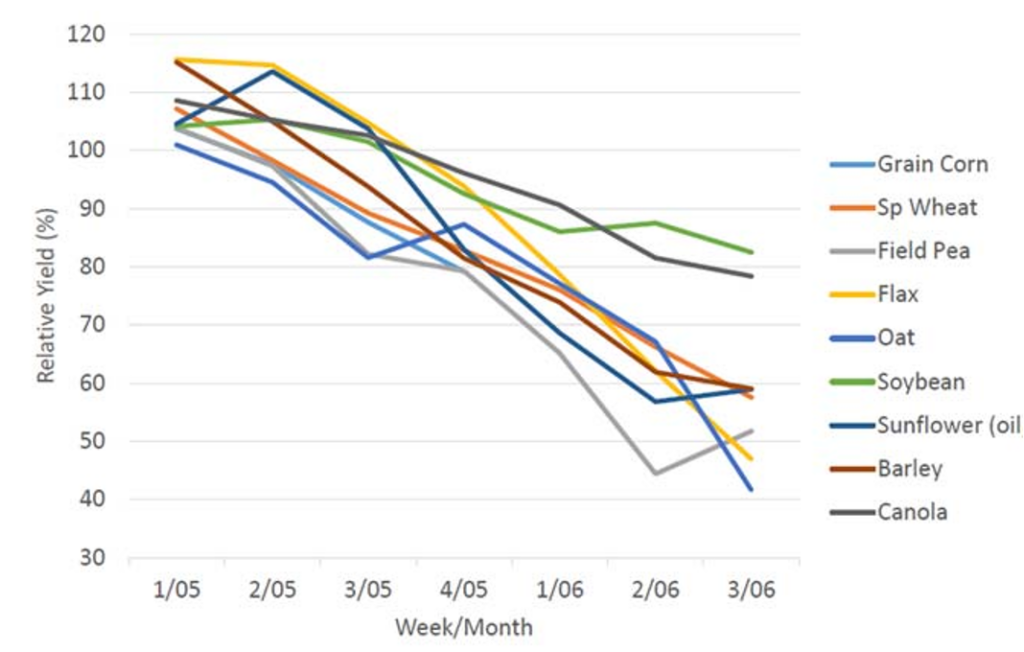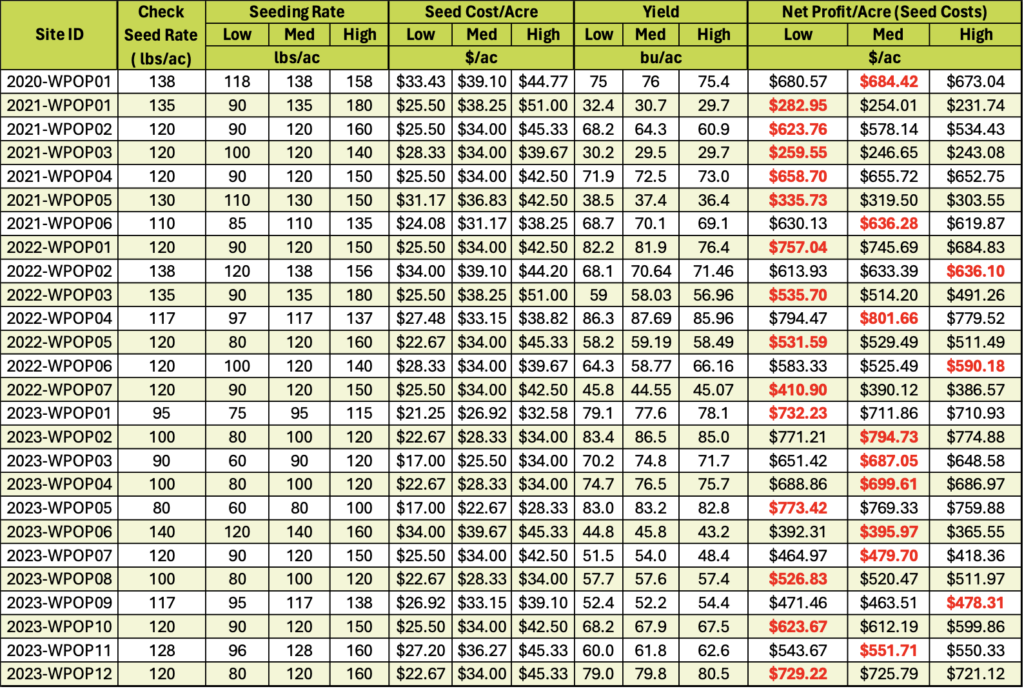Research on the Farm – Barley Seeding Rate Trial Summary
Manitoba Crop Alliance’s (MCA) Research on the Farm (ROTF) program conducts scientific research with farmer members using replicated strip trials on commercial fields. Farmer co-operators use their own equipment and management practices to conduct this research. Research projects are developed to investigate current and pressing agronomic questions and provide site-specific answers. More information about the ROTF program and all trial results can be found here.
Barley genetics for both malting and feed varieties have improved over the last decade. Evaluating current seeding rates for new barley varieties was necessary to understand if target plant stand densities are optimized for both grain yield and quality. The purpose of this trial was to investigate the economic and agronomic impact of farmers increasing and decreasing their target plant stands. This was done by having decreased and increased seeding rate treatments compared to the farmers’ normal.
Over the past three years (2022-24) MCA conducted 17 barley seeding rate trials. Throughout the trial period, seeding rates ranged from 78-225 lb/ac. Eleven sites planted feed barley and six sites planted malting barley. CDC Austenson (feed) and AAC Connect (malting) were the most planted varieties
At eight of 17 sites, the seeding rate had a significant impact on plant density. In all cases except one, the highest seeding rate resulted in the highest plant population.
Figure 1. Summary of average barley plant density by seeding rate for all trial sites from 2022 – 2024. Note: Letters indicate significant differences between treatments.
Higher plant densities have been linked to more uniform maturing crops, with increased crop protection product efficiency. Furthermore, increased plant density is an important cultural practice to improve crop weed competition.
Significant yield differences were found at two of the 17 sites (12 per cent). At site BP03-2023, the yields from the normal and high seeding rates were significantly higher than the low seeding rate treatment. At BP02-2024, the low seeding rate treatment was the highest yielding.
Figure 2. Summary of average barley yield by seeding rate for all trial sites from 2022 – 2024. Note: Letters indicate significant differences between treatments.
Overall, at most sites, grain yield was not affected by a change in seeding rate from normal practices. The data from these trials suggests that these farmer participants have a good understanding of the optimal seeding rate for their farm. No statistical analysis was conducted on grain quality.
One last piece of the research puzzle is to understand the impact on profit from changing your seeding rate. The results of a simple profit analysis can be found in Table 1. At 11 of the 17 sites (65 per cent), the lowest seeding rate was most profitable. The higher seeding rates were found to be economical at only two sites. This analysis is looking at the cost of seed only; no other parameters, such as inputs and equipment costs, were included in these calculations.
Table 1. Economic analysis of all trial sites from 2022-2024.
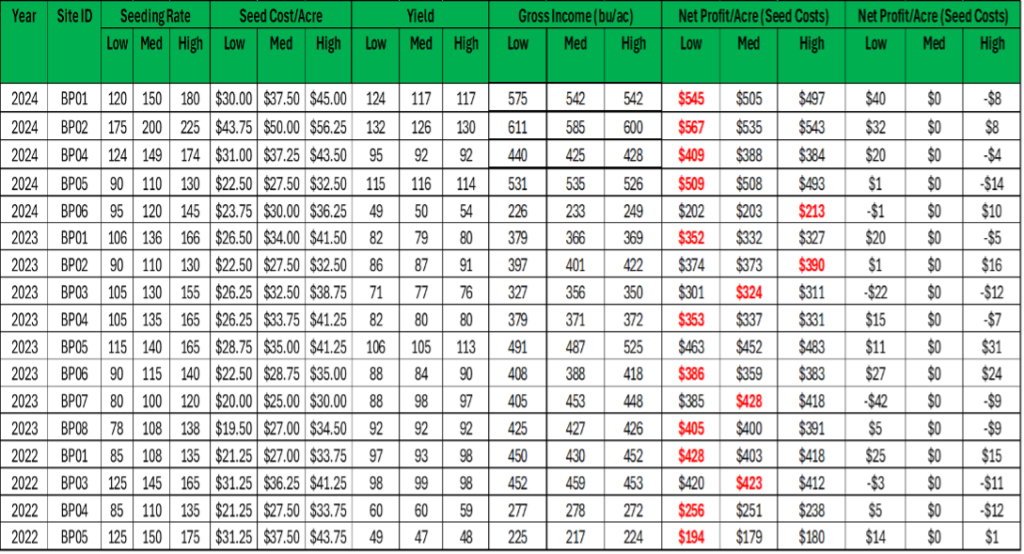
Note: Seed costs are based on Manitoba Agriculture 2024 Cost of Production Guidelines ($12/bu). Barley prices based on Manitoba Agriculture’s Grain and Oilseed price report ($4.63/bu). Net profit calculated based on seeding costs only.
Tone Ag Consulting carries out MCA’s ROTF trials in all six of our crop-types. They assist the farmer with plot planting and harvesting. They also capture and collect key information throughout the growing season, including soil samples, growth stage notes and precipitation data.


